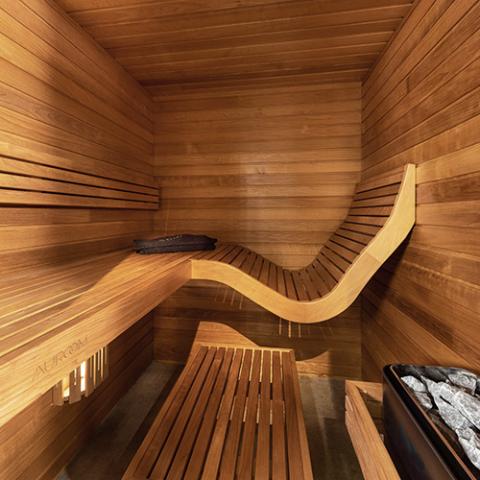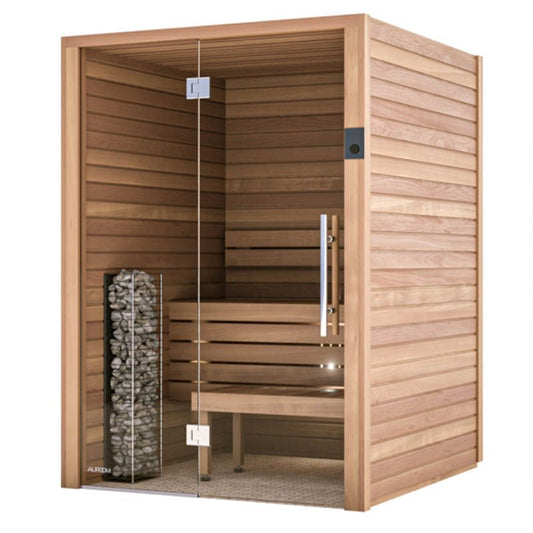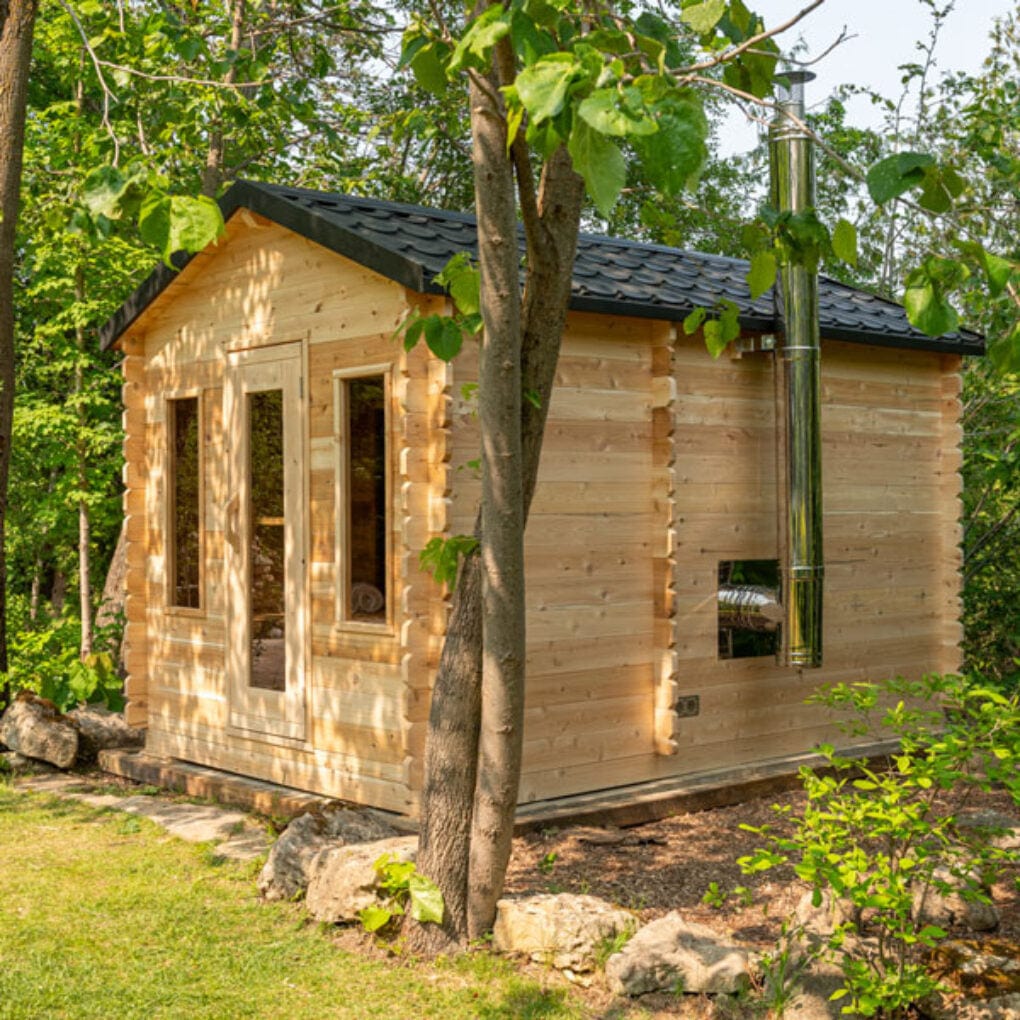The 45-Second Trick For Traditional Sauna
The 45-Second Trick For Traditional Sauna
Blog Article
The Traditional Sauna Ideas
Table of ContentsIndicators on Traditional Sauna You Need To KnowIndicators on Traditional Sauna You Need To KnowTraditional Sauna Fundamentals ExplainedThe smart Trick of Traditional Sauna That Nobody is Talking About
A lot of the weight lost in a sauna is water loss and is re-gained upon rehydrating. Nevertheless, undeniably sauna can be a vital part of a healthy fat burning program. To take a look at the differences in between conventional and IR saunas, I will separate these into verifiable, theoretical, and made distinctions.Therefore, the best factor in the saunawhich goes to the ceiling straight above the sauna heateris normally in between 185 and 190 F. Traditional Sauna. Claims that a typical sauna goes beyond 200 F is just not true and not suitable for electric saunas sold in the United States. The temperature for a far-infrared sauna is generally established in between 120 and 140 F; nevertheless, unlike the typical sauna, the goal in and IR room is not to achieve a high temperature level
Due to this, the temperature level distinction is practically unimportant, since extreme sweating causes both sauna types, but the approach of heating up the body is various. In an IR sauna the bather will really feel hot and will certainly sweat a lot, however at a lot reduced temperature levels. Thus, if the objective is to invest longer durations of time in the sauna, the IR sauna is an excellent selection.

How Traditional Sauna can Save You Time, Stress, and Money.
When the high temperature level is achieved, the components cycle on and off to preserve the heat. The majority of conventional sauna users appreciate putting water over the rocks to develop heavy steam to elevate sauna humidity degrees. The advantages of putting water over the rocks consist of: making the space more comfortable, moistening the nasal passages, and allowing the use of aromatherapy by mixing necessary oils with the water.
In a far-infrared sauna, the warmth waves penetrate the body to successfully warm the body and elevate the body core temperature level. To attain this boosted temperature level, Far-infrared emitters produce infrared energy which is close to the very same wavelength as that which the body normally emitsoften referred to as the "Vital Variety" of 7 to 14 microns), so the power is well gotten by the body.
When the energy gets in the body, it causes the body temperature to boost and eventually causes sweat. In an infrared sauna it is essential for the emitters/heaters to stay on almost continuously. Since there is no mass of rocks to preserve warm, the sauna will certainly cool down if the emitters closed off.
As stated over, the sauna bather in an infrared area wishes to position himself in front of running emitters to obtain maximum gain from the heat. The heating time for both areas can be really different, you could try this out relying on how the areas are made use of. For a conventional sauna, a bather should enable 30-40 minutes for the space to accomplish a wanted temperature level and to correctly pre-heat the rocks.
The Buzz on Traditional Sauna
A well created sauna will usually attain a temperature level of 150-160 F in about 30-40 mins. For hotter temperatures, the space may require to warmth for a longer period.
To some, 15 minutes was "lost" while the infrared power warmed the timber panels rather than heating up a body, while others locate a pre-heated space to be a lot more comfortable and believe an elevated starting temperature is needed to start sweating. The size of advised usage for every area is approximately the same (10-15 minutes per session); nonetheless, because of Your Domain Name the lower air temperatures and the capability to feel the results of infrared heat much faster than a standard sauna, it is not unusual for a person to spend a total of 20-30 minutes in an infrared sauna.
Conventional saunas have a tendency to be bigger (therefore make use of even more electrical energy) than infrared saunas, although traditional saunas are absolutely readily available in one and 2 individual sizes as well. For a two-person standard sauna, 5x6 or 5x7 size is most prominent. The top bench can conveniently seat 2 or 3 individuals and is likewise enough time to rest throughout the sauna session.


The typical price per kWH of electricity in the united state is roughly $0.11, so a 4.5 kW heating system will cost around $.50 to run for one hour, if the heating unit runs continuously for one hour. Commonly a sauna heater will compete 75% of the very first hour and 50% of succeeding hours on since the components cycle once the established temperature level is accomplished.
The Basic Principles Of Traditional Sauna
A two person far-infrared area is usually physically smaller than a traditional sauna, commonly concerning 4' x 4' or smaller sized. The IR heating unit is generally 1.5-1.7 kW making use of a 120 volt 15 amp plug-in service. Considering that the space can be utilized earlier than a sauna space, we will presume the space is utilized for to of an hour consisting of warm up time.
There is a rarely reviewed distinction in the social experience in between Web Site the 2 areas. While our society has actually lost some of the social benefit of the conventional sauna experience, it can be very socially fulfilling. From family time in the sauna, to heart-felt conversations with loved ones, to sauna partiesthe traditional sauna experience can lead to intimate socializing.
Most greater end infrared spaces include tinted light therapy, sound systems and full-glass fronts.
Report this page